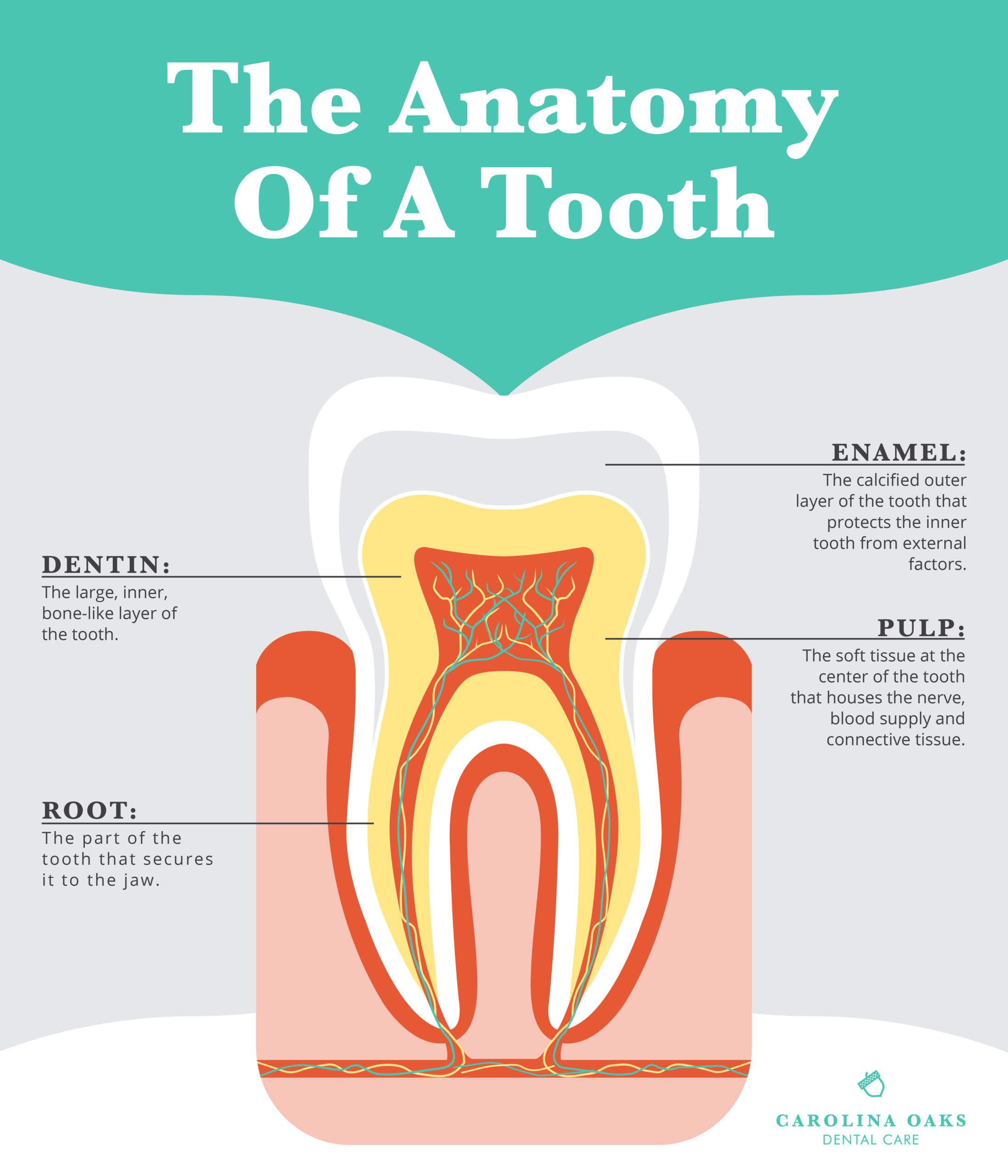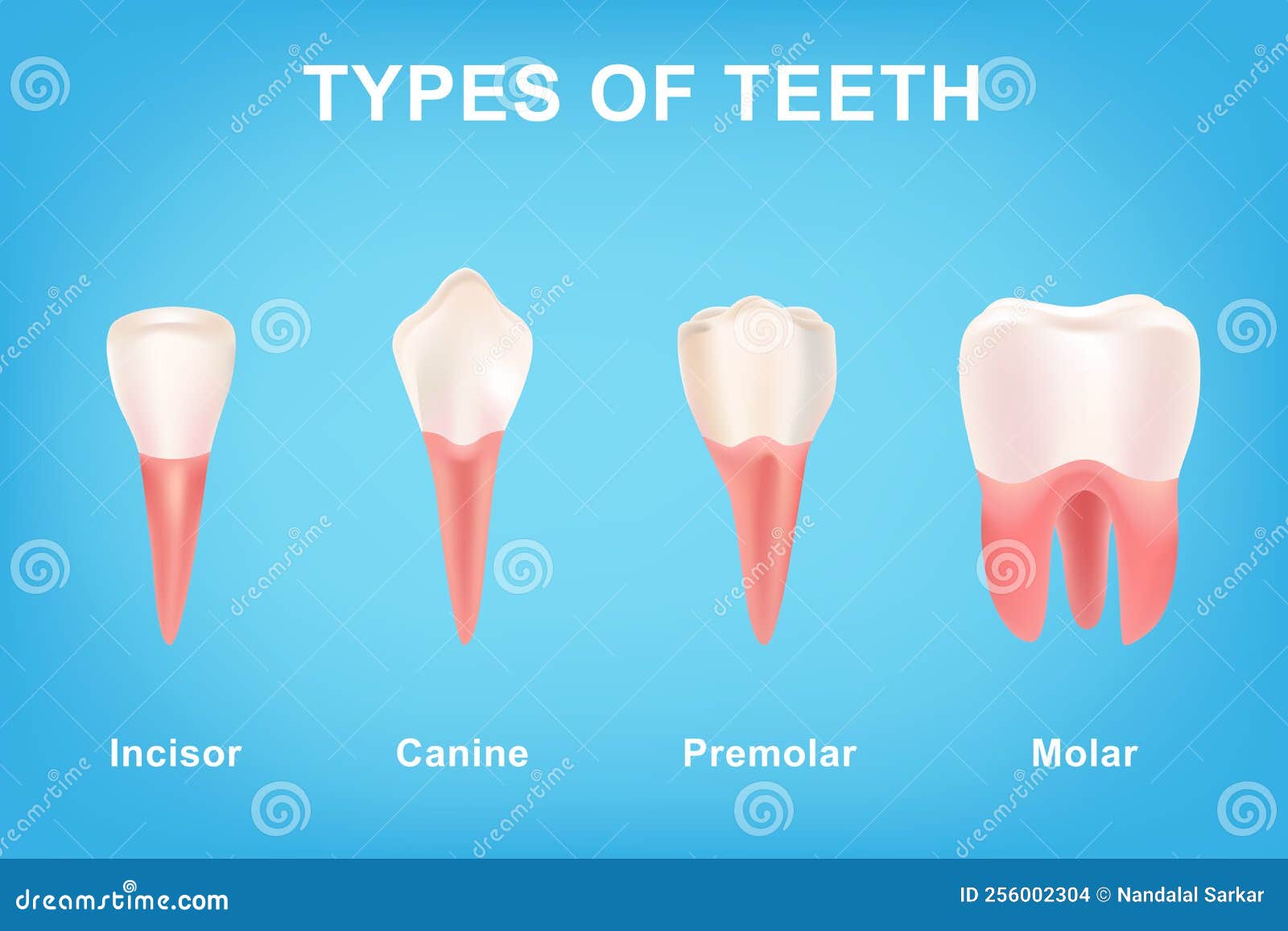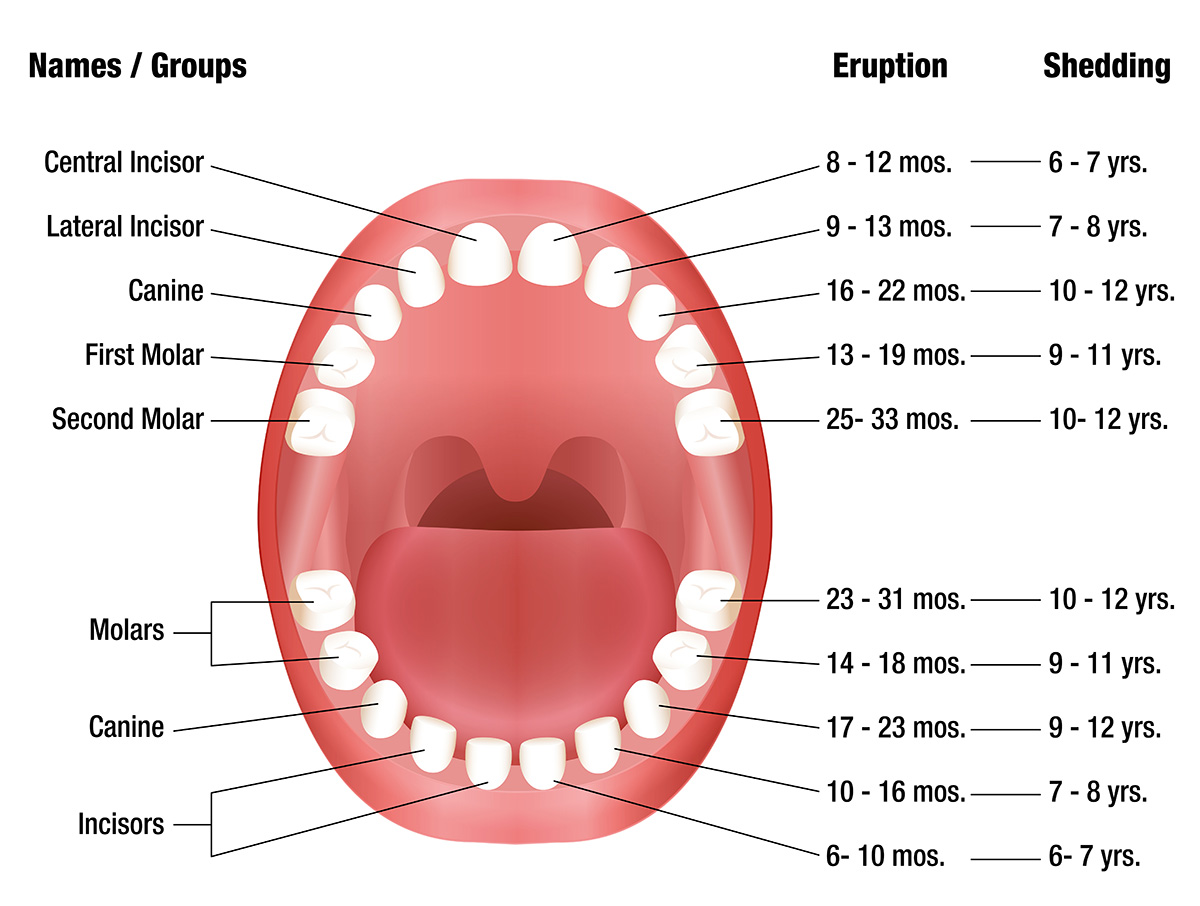Teeth Pelicula: Unveiling Horror & Human Anatomy
Table of Contents
- Understanding "Teeth Pelicula": A Deep Dive into the Film
- The Concept of Vagina Dentata in Folklore and Film
- The Star of "Teeth Pelicula": Jess Weixler as Dawn
- Beyond the Horror: The Symbolic Layers of "Teeth Pelicula"
- The Real Deal: The Incredible Anatomy of Human Teeth
- Diphyodonts: Our Two Sets of Teeth
- The Diverse Functions of Human Teeth: More Than Just Biting
- The Four Main Types of Teeth and Their Roles
- Mapping Your Mouth: Understanding Teeth Charts
- Maintaining Your Oral Health: Essential Dental Tips
- When to Seek Professional Dental Care
Understanding "Teeth Pelicula": A Deep Dive into the Film
"Teeth pelicula" is not your typical horror movie. Directed by Mitchell Lichtenstein, this 2007 American horror-comedy introduces us to Dawn, a seemingly innocent and devout teenager who is an abstinence advocate. Her life takes a bizarre and terrifying turn when she discovers she possesses a unique anatomical anomaly: vagina dentata, or "toothed vagina." The film stars Jess Weixler as Dawn, alongside actors like Hale Appleman, John Hensley, and Josh Pais, who portray the various male figures who encounter Dawn's unexpected defense mechanism.
The movie masterfully blends elements of dark comedy, body horror, and a coming-of-age narrative. It explores themes of female empowerment, sexual awakening, and the consequences of male aggression. While the premise is undoubtedly fantastical, the film uses it as a powerful metaphor to explore real-world issues. The concept of "Teeth pelicula" quickly garnered attention for its audacious originality and its willingness to push boundaries, making it a memorable entry in the indie horror genre.
The Concept of Vagina Dentata in Folklore and Film
The idea of "vagina dentata" is not new; it's a concept deeply rooted in folklore and mythology across various cultures. Often appearing in myths as a warning against female sexuality or as a symbol of fear of the unknown, these legends describe a vagina containing teeth. In some narratives, it's a literal physical attribute, while in others, it's a symbolic representation of danger or castration anxiety.
- Katrina Sloane
- Helicopters In Santa Clarita Right Now
- Linda Vargas Only Fans
- Danny Dang
- Braun Electric Company Bakersfield Ca
"Teeth pelicula" takes this ancient myth and brings it into a modern, albeit exaggerated, context. The film's interpretation is particularly poignant, transforming a concept traditionally used to subjugate or fear female sexuality into a tool of empowerment and self-defense for its protagonist. It flips the script, making the "monster" a protector, and challenging traditional power dynamics often seen in horror films. This clever re-imagining is what makes the narrative of "Teeth pelicula" so compelling and thought-provoking.
The Star of "Teeth Pelicula": Jess Weixler as Dawn
At the heart of "Teeth pelicula" is Jess Weixler's compelling portrayal of Dawn. Weixler delivers a nuanced performance, capturing Dawn's initial innocence and confusion, her struggle to understand her changing body, and ultimately, her journey towards embracing her unique power. Dawn is presented as a high school student still a stranger to her own body, growing up under the shadow of a nuclear power plant – a subtle yet potent symbol of underlying dangers and potential mutations. Her character arc is central to the film's message, as she navigates the complexities of burgeoning sexuality and male violence.
Weixler's ability to convey both vulnerability and burgeoning strength makes Dawn a relatable and sympathetic character, despite the outlandish nature of her condition. Her performance grounds the film, allowing audiences to connect with the emotional core of the story even amidst the grotesque and darkly humorous moments. Her journey in "Teeth pelicula" becomes a powerful narrative of self-discovery and reclaiming agency in the face of adversity.
Beyond the Horror: The Symbolic Layers of "Teeth Pelicula"
"Teeth pelicula" is far more than just a shocking horror film; it's rich with symbolic meaning. The film delves into complex themes, using the literal horror as a vehicle for social commentary. One of the most prominent themes is female empowerment. Dawn's condition, initially a source of terror and confusion, transforms into a powerful defense mechanism against male violence and sexual assault. This shift allows the film to explore the idea of women reclaiming control over their bodies and sexuality in a world that often seeks to dominate or exploit them.
The movie also touches upon the anxieties surrounding sexual awakening, particularly for young women. Dawn's struggle with her burgeoning sexuality and her discovery of her unique physical advantage highlights the often-fraught transition from adolescence to adulthood. The subtle backdrop of the nuclear power plant near Dawn's home further adds to the film's symbolic depth, hinting at environmental anxieties and the potential for unforeseen consequences or mutations, mirroring Dawn's own unexpected physical transformation. The film's ability to weave these profound themes into a seemingly outlandish premise is what makes "Teeth pelicula" a cult classic and a subject of continued discussion.
The Real Deal: The Incredible Anatomy of Human Teeth
While "Teeth pelicula" presents a fictionalized, terrifying version of dental anatomy, the reality of human teeth is equally, if not more, fascinating. Far from being simple bones, **teeth are made of multiple tissues of varying density and hardness**, each playing a crucial role in their function and resilience. The outermost layer, **enamel, is the protective outer layer of your teeth and is the hardest substance in the human body**. This incredible hardness allows teeth to withstand the immense forces of biting and chewing throughout a lifetime. Beneath the enamel lies dentin, a bone-like tissue that makes up the bulk of the tooth. Deeper still is the pulp, which contains nerves, blood vessels, and connective tissue, providing nourishment and sensation to the tooth. The root of the tooth is anchored to the jawbone by cementum, a bone-like tissue that covers the root surface.
As hard, resistant structures occurring on the jaws and in or around the mouth and pharynx areas of vertebrates, teeth are truly engineering marvels. They are essential structures for the mechanical digestion of food, breaking down foods by crushing or cutting them before you swallow. This process is the first critical step in your digestive system, highlighting how integral teeth are to overall health. Understanding the intricate composition of your teeth is the first step in appreciating their importance and the need for proper care.
Diphyodonts: Our Two Sets of Teeth
One of the most remarkable aspects of human dental development is that, like most other mammals, **humans are diphyodont, meaning that they develop two sets of teeth** over their lifespan. This dual set ensures that our teeth are appropriately sized and suited for different stages of growth and dietary needs.
**The first set, deciduous teeth, also called primary teeth, baby teeth, or milk teeth, normally eventually contains 20 teeth.** These smaller, temporary teeth begin to erupt around six months of age and are crucial for a child's early chewing, speech development, and maintaining space for the permanent teeth. **Children typically have 20 primary teeth.** As a child grows, these primary teeth gradually fall out, making way for the stronger, larger permanent teeth. **Typically, people have two sets of teeth during their lives—primary, or baby teeth, and permanent, or adult teeth.** The human teeth are quite special because they grow twice during a lifespan, a testament to our evolutionary design for effective mastication throughout different life stages. **Most adults have 32 permanent teeth**, which are designed to last a lifetime with proper care.
The Diverse Functions of Human Teeth: More Than Just Biting
While the fantastical powers of teeth in "Teeth pelicula" are for cinematic effect, the real-world functions of human teeth are no less impressive and are absolutely vital to our survival and quality of life. **Human teeth serve multiple functions, including biting, chewing, and aiding in speech.** These hard, resistant structures are primarily used for catching and masticating food, making them an indispensable part of our digestive system. **They break down foods by crushing or cutting them before you swallow**, initiating the digestive process. Without properly functioning teeth, nutrient absorption would be severely compromised.
**Your teeth play a big role in digestion**, but their utility extends beyond just processing food. They also play a significant role in articulation, helping us form sounds and speak clearly. The precise positioning and shape of our teeth contribute to the clarity of our speech. Furthermore, teeth contribute to facial structure and aesthetics, supporting certain facial features and influencing the overall appearance of the face. In some cases, teeth can even be used for defense, though this is far less common in humans today than in other species. This article looks at types of teeth and their functions, emphasizing just how multifaceted these incredible structures truly are.
The Four Main Types of Teeth and Their Roles
To perform their diverse functions effectively, human teeth are specialized into different types, each with a unique shape and purpose. **There are four main types of teeth: incisors, canines, premolars, and molars.** Each type of tooth has a specific function, including biting, chewing, and grinding food. **Teeth are classified into four major groups** based on their position and role in the mouth:
- Incisors: These are the eight front teeth (four on top, four on bottom). They are sharp and chisel-shaped, primarily used for biting and cutting food into smaller, manageable pieces.
- Canines: Located next to the incisors, there are four canines in total (two on top, two on bottom). They are pointed and sharp, designed for tearing and ripping food, particularly tougher items like meat.
- Premolars (Bicuspids): Situated behind the canines, adults typically have eight premolars (four on top, four on bottom). These teeth have flat surfaces with ridges, making them ideal for crushing and grinding food.
- Molars: The largest and strongest teeth, molars are found at the very back of the mouth. **Most adults have 32 permanent teeth, including eight incisors, four canines, eight premolars and 12 molars** (including wisdom teeth). Their broad, flat surfaces are perfectly suited for the final stage of chewing and grinding food before swallowing.
Understanding these different types of teeth and their specific roles highlights the incredible efficiency and specialization of our dental system. There are many different types of teeth with different names, but these four categories cover the primary functions essential for our daily lives.
Mapping Your Mouth: Understanding Teeth Charts
Given the different types and numbers of teeth, dentists often use a system to identify and chart them. **A teeth chart is a simple drawing or illustration of your teeth with names, numbers, and types of teeth.** This standardized system allows dental professionals to accurately record and communicate information about a patient's oral health. **There are separate teeth number charts for adults as well as babies**, reflecting the different number and types of teeth present in each age group.
**How many teeth do humans have? Children typically have 20 primary teeth, while adults usually have 32 permanent teeth.** However, it's important to note that **most humans have 32 teeth, although some have more and some have fewer.** **Variations in the number of teeth result from genetics, dental procedures, accidents, or certain conditions.** For example, some individuals may have fewer teeth due to a condition called hypodontia, while others might have extra teeth, known as supernumerary teeth. Wisdom teeth (the third molars) are also a common source of variation, as they may or may not fully erupt, or sometimes are congenitally absent. Understanding a teeth chart can help individuals better visualize their own oral anatomy and comprehend discussions with their dentist about specific teeth or dental issues.
Maintaining Your Oral Health: Essential Dental Tips
Just as the characters in "Teeth pelicula" faced extreme dental challenges, in real life, maintaining the health of our natural teeth is paramount. Neglecting oral hygiene can lead to a host of problems, from cavities and gum disease to more serious systemic health issues. **To help prevent cavities and gingivitis, the American Dental Association (ADA) recommends these four basic** practices:
- Brush Twice Daily: Use a fluoride toothpaste and a soft-bristled brush to clean your teeth for two minutes, twice a day. Fluoride helps strengthen enamel, the hardest substance in the human body, making it more resistant to acid attacks from bacteria.
- Floss Daily: Flossing removes food particles and plaque from between your teeth and under the gumline, areas that your toothbrush can't reach. This is crucial for preventing gum disease and interdental cavities.
- Eat a Balanced Diet: Limit sugary snacks and drinks, as sugar feeds the bacteria in your mouth that produce harmful acids. A diet rich in fruits, vegetables, and whole grains supports overall health, including oral health.
- Regular Dental Check-ups: Visiting your dentist at least once a year, or as recommended, is vital for preventive care. Professional cleanings remove tartar buildup, and your dentist can identify and address issues like cavities or gum disease early, before they become more serious.
Read on to learn more about the anatomy and structure of your teeth and conditions that can affect your teeth. We’ll also provide some dental health tips. Remember, your teeth are an integral part of your digestive system and overall well-being, so taking proactive steps to care for them is an investment in your health.
When to Seek Professional Dental Care
While daily oral hygiene is crucial, there are times when professional intervention is necessary. **See your dentist if you have pain in your teeth or mouth or bleeding and swollen gums.** These symptoms are often indicators of underlying issues that require immediate attention. Pain could signal a cavity, an infection, or even a cracked tooth. Bleeding and swollen gums are classic signs of gingivitis, an early stage of gum disease, which if left untreated, can progress to periodontitis and lead to tooth loss. Other warning signs include persistent bad breath, sensitivity to hot or cold, loose teeth, or sores in your mouth that don't heal.
Regular check-ups allow your dentist to catch these problems early, often before they become painful or severe. Early detection and treatment can save you from more extensive and costly procedures down the line. Don't wait for a dental emergency; proactive dental care is the best way to ensure the longevity and health of your teeth.
Conclusion
From the unsettling, metaphorical horror of "Teeth pelicula" to the astonishing biological reality of our own teeth, this exploration has highlighted the incredible complexity and vital importance of these structures. The film serves as a darkly humorous, yet thought-provoking, reminder of the power and vulnerability inherent in the human body, particularly when it comes to the often-overlooked marvels of our dental anatomy. While Dawn's unique defense mechanism is purely fictional, it underscores the profound impact teeth have, both literally and symbolically.
Beyond the cinematic intrigue, we've delved into the scientific facts: how our teeth are made of multiple tissues, their specialized functions, the two sets we develop, and the crucial role they play in digestion and speech. Understanding the intricate design of our incisors, canines, premolars, and molars, and recognizing the importance of proper dental hygiene, is not just about a healthy smile—it's about maintaining overall health and well-being. So, the next time you reflect on "Teeth pelicula," let it also be a prompt to appreciate the real, extraordinary teeth in your own mouth and to commit to their lifelong care. Share your thoughts on the movie or your own dental health tips in the comments below, and explore our other articles for more fascinating insights!

What Is Dental Anatomy Definition at Bridget Huizenga blog

Different Types of Teeth from Canine and Incisor To Molar and Premolar

Teeth eruption chart for deciduous and permanent teeth | News | Dentagama